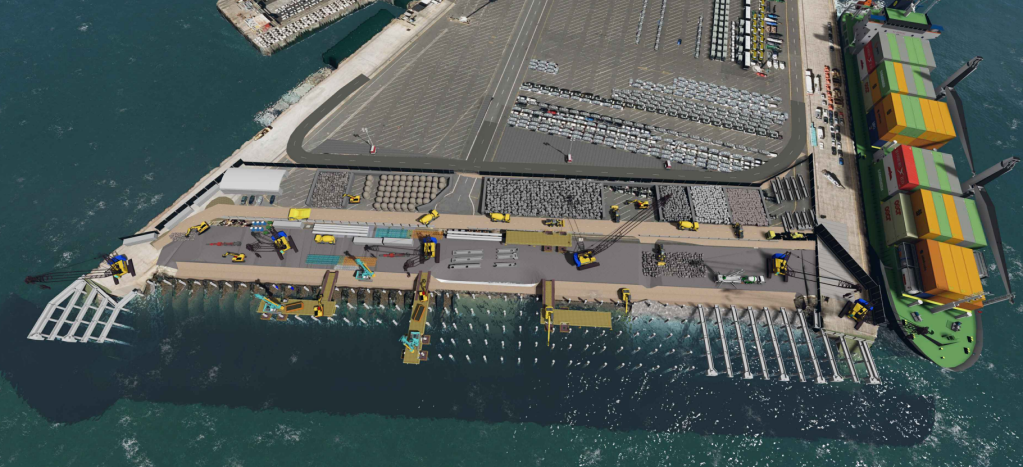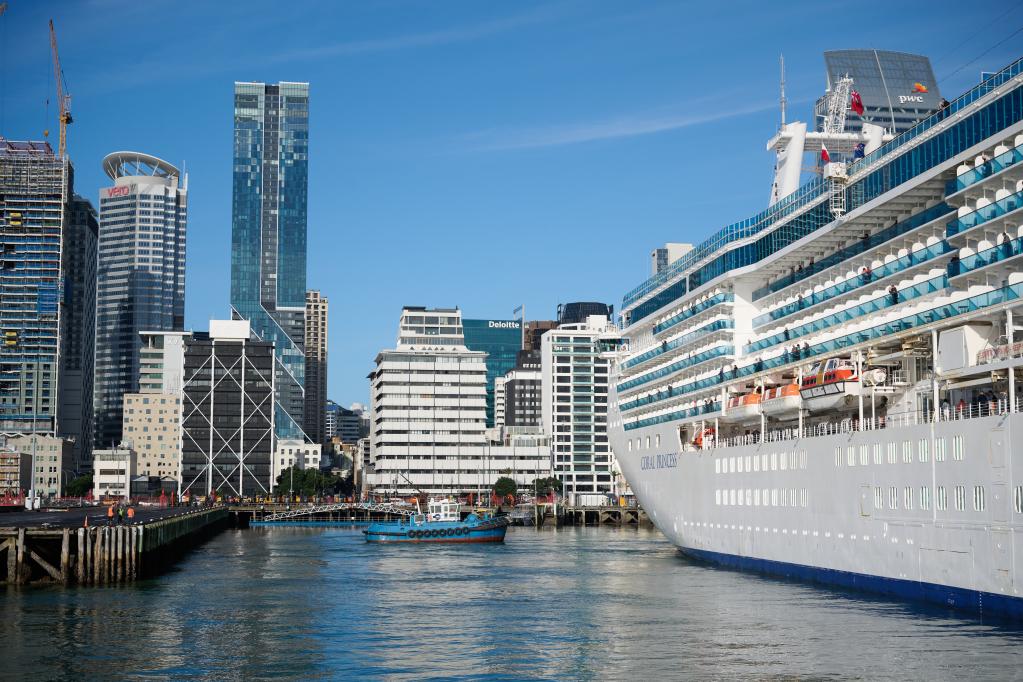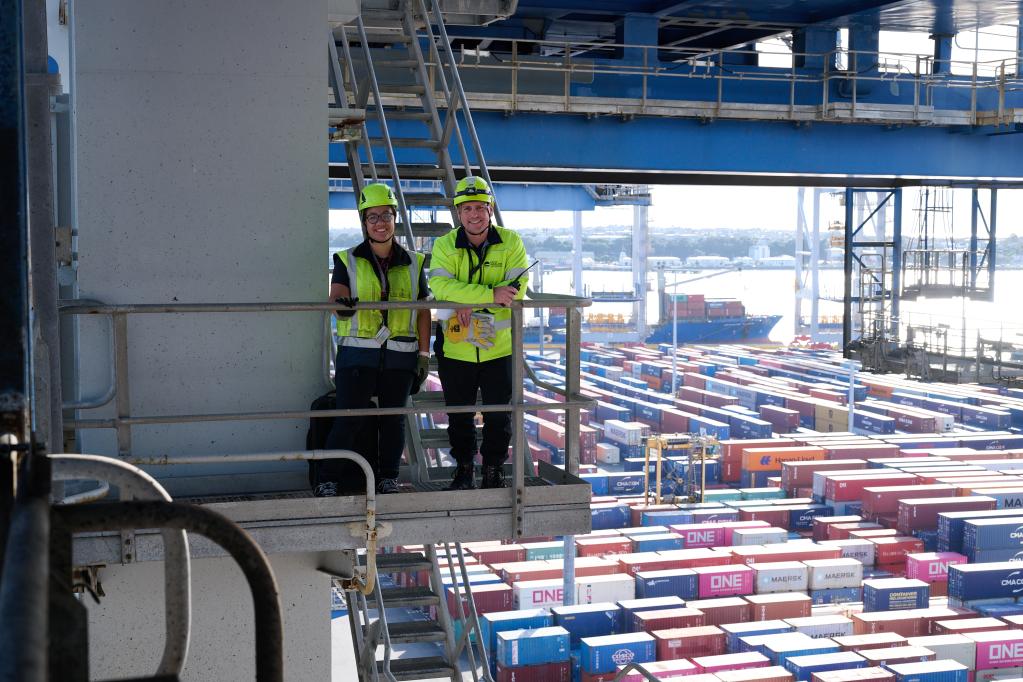Highlights
Financial performance
- Unaudited group revenue of $120.6m, up 9.1% on the prior corresponding period (pcp). The increase primarily reflects the inclusion of Conlinxx and Nexus Logistics which became wholly owned in May 2017.
- Unaudited profit before income tax of $34.0m, down 6.0% on pcp.
- Unaudited net profit after tax of $29.2m, similar to $29.3m for the pcp.
- Interim dividend of $23.8m, compared to $25.3m for the pcp.
- Significant capital expenditure to increase capacity at the Waitematā sea port and to develop Ports of Auckland's freight hubs in South Auckland and Waikato, and corresponding increase in debt.
For the six months ended 31 December 2017:
| | GROUP | |
| 31 December 2017 Unaudited $'000 | 31 December 2016 Unaudited $'000 | |
| Revenue | 120,583 | 110,547 |
| Profit before income tax | 34,011 | 36,186 |
| Income Tax | 4,807 | 6,915 |
| Net Profit after tax | 29,204 | 29,271 |
| Dividend | 23,768 | 25,254 |
| Capital Expenditure | 70,695 | 44,946 |
Trading Performance
- Container volume (TEU) of 508,262 up 3.0% (493,665 pcp).
- Total general cargo volume of 3.412m tonnes, up 4.7% on pcp due to continued strong demand for vehicles, and materials to support infrastructure demand in the Auckland region (3.260m tonnes pcp).
- Car volume of 148,879 units, up 2.1% from 145,883 units in the pcp.
- There were 42 cruise ship calls, up 50% (28 in pcp). The increase reflects an increase in 'spring' cruises in September and October.
Ports of Auckland Chief Executive, Tony Gibson has today announced the company's half-year results.
"The story for the first half of this year is again one of growth", said Mr Gibson. "Ongoing growth in the Auckland region's economy and population has led to steady growth in all the cargo types we handle", he said.
"Container volumes are up 3%, general cargo is up nearly 5% and cruise ship visits are up 50% for the half year. This growth looks set to continue into the second half of the year, with a strong result in January and good volumes forecast for February."
Profits are down slightly, as the company has embarked on an investment programme to become a future-fit port, able to handle Auckland's relentless growth.
"We are focussed on smart growth, with a heavy focus on technology, innovation and sustainability in addition to more traditional infrastructure investments like wharves and cranes", said Mr Gibson.
"Auckland is growing by around 50,000 people a year and is expected to have a population of two million people by 2028. While Auckland Council and the Government are looking at relocating Auckland's port over the next few decades, in the interim additional investment is needed so the port can handle the increased demand for freight that will come from this population growth."
"To meet this need we developed a 30-year master plan which outlines how we can modify the current port to handle growth until such time as a new port is developed. The plan, released in November 2017 for public comment, ends reclamation in the Waitematā harbour and instead focuses on adding capacity through technology, more intensive land use and selective infrastructure development."
"The company has made good progress on work to become the first automated container terminal in New Zealand. We received our first two automated straddle carriers and testing will begin shortly. We have started work to convert our truck handling lanes to automated operation, have installed many metres of ducting for a new fibre-optic network, built a new (temporary) engineering workshop and have many other infrastructure projects underway. Automation in on schedule to go live in 2019."
"A new deep-water container berth has been completed and new high-productivity cranes for the wharf will be delivered in September 2018."
"Ports of Auckland has an ambitious goal to become a zero emissions port by 2040. We completed the first step toward that goal by accurately measuring our emissions and developing a plan to reduce them. We are using the Certified Emissions Measurement and Reduction Scheme (CEMARS®) to measure and manage our greenhouse gas emissions and are the first port in New Zealand to become CEMARS certified. Our first steps toward reducing emissions include moving to electric vehicles in our light vehicle fleet, a shift to LED lighting and developing a detailed business case for the installation of shore power, initially at one cruise berth."
"Despite advances in container handling technology, in many ways shipping is still a traditional industry. The processes behind most shipping transactions could be described as archaic, but that is set to change rapidly with the advent of technologies such as blockchain. Ports of Auckland is setting up an innovation hub with a strong focus on future foresight and the future of work, as a way to make the most of the coming changes and keep ahead of the disruption that our industry certainly faces."
"One aspect of this which is already being felt is the impact of automation on our staff. There will be a reduction or elimination of some roles, while other new roles will develop. It can be difficult for people to navigate these changes and we are committed to helping our people and their families adapt and prosper. As well as the more traditional retraining and redeployment opportunities, we have been working with a futurist to develop a 'future of work' training programme which will be available to all staff this year. Change can be daunting, but it can also be exciting and rewarding if you have the skills you need to make the most of the opportunities change presents."
"We continue to make a significant economic and social contribution to Auckland and New Zealand. We have declared an interim dividend of $23.8 million to our owner, Auckland Council. Over the last five years Ports of Auckland has earned almost a quarter of a billion dollars for Auckland, money the city can use help fund vital infrastructure projects and manage the cost of Auckland rates."
"I am pleased with our result as it builds on the work we have done since 2011 to modernise the port and make our operations more efficient. We continue to maximise our performance through innovation and technology. We are transforming our operation to keep up with Auckland's growth, but doing it in a way that is sustainable and in line with community expectations. And we continue to deliver a good return to our owners, the people of Auckland."
The 2018 interim report is available below.
A short video explaining how innovation and technology is changing the port is available here.
ENDS
For further information contact:
Matt Ball
Head of Communications
P: 09 348 5262
M: 021 495 645


